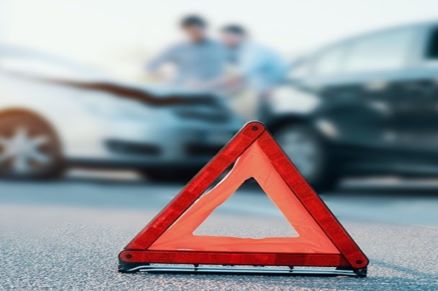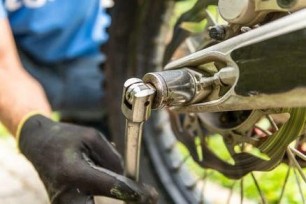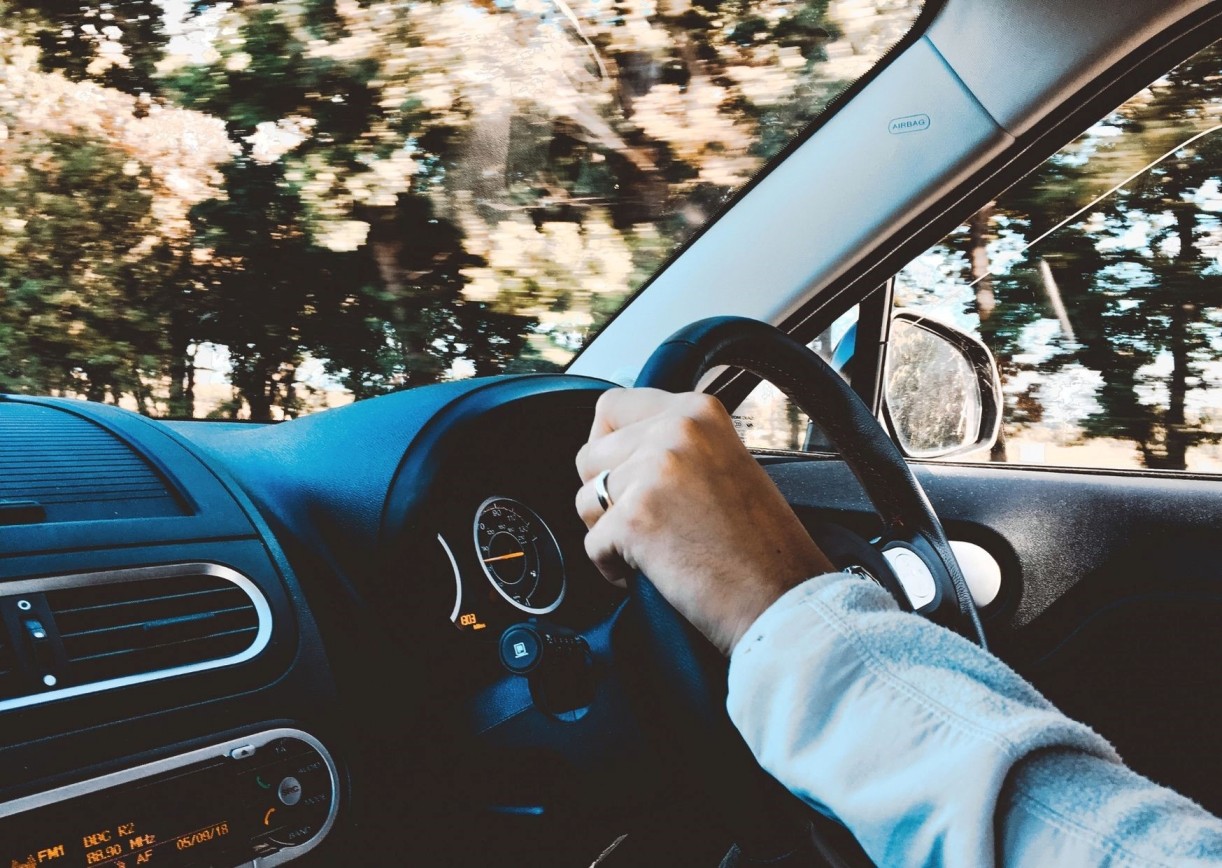General Insurance Blogs, Articles & Updates by - Magma HDI
Have us call you
- RENEW YOUR POLICY
- BUY NEW POLICY

Best tips to reduce premium of your two wheeler
Two-wheelers like scooters and motorcycles are the most commonly used vehicles due to their fuel efficiency and ease of use on congested roads and streets. As a result, the number of two-wheelers sold is several times that of cars. But, at the same time, more two-wheelers fall prey to numerous road accidents daily.
Two-wheeler owners must get their vehicles insured as it protects them financially against any accident. Unfortunately, people always assume that insurance is an expensive liability as it drains the money in premium and is rarely used. People fail to understand the importance of having insurance cover for those unfortunate events.
Whether you just have basic liability insurance or comprehensive coverage, it's important to ensure that you're getting the best deal possible. In this article, we bring seven strategies to reduce the premium of your two-wheeler insurance.
1. Compare policies:
Start by comparing different policies and their features. It makes sense to examine two or three companies, just in case, there is a better policy with lower prices out there. There are many policy comparing tools available online to help you estimate the insurance premium. You can also find multiple plans directly from the websites of reputed insurance companies that come with the best features and premiums.
But remember here, a lower premium doesn't always mean a good deal, and going with the lower-quoted company isn't always the sensible decision.
2. Add-on covers:
Add-on covers are great to increase coverage without buying multiple policies at a time. However, be wise with the add-ons you choose. You may not need all of them in a policy, withdraw unnecessary ones as they will only increase the premium. Read your policy document line by line and ask your insurer to remove anything you don't need.
3. Claim loyalty points from the existing company:
If you have bought your other insurances like health, home, travel, from a particular company, there are chances to get a loyalty discount coupon from the existing company. In addition, several insurance companies offer bonus points to loyal customers and support them with additional benefits for their future purchases.
4. Try negotiations:
There is no harm in asking for an additional discount. Companies with an aim to promote their policies often give in to such negotiations. So give it a try and test your luck. More often, you will succeed in bargaining.
5. Maintain a good driving record:
Many insurance companies look into your past driving records to determine the premium. If you drive safely and do not raise any claims during the policy period, you are rewarded with No-Claim Bonus points. Maintaining a good track record is key to getting a lower insurance premium. In addition, driving safely is always a good thing to secure you and others on the roads.
6. Pay a higher deductible:
In case of any mishaps, if a policyholder pays some amounts from the total repair cost during claim settlement, this is called deductible amount. The deductible is inversely proportional to the premium. Therefore, the 2 wheeler insurance premium lowers if you choose to pay a higher sum as deductible.
7. Additional discount to 32 to 60 years age group:
Companies offer more discounts to responsible drivers. People in the age group of 32 to 60 are considered responsible drivers. If you meet this age criteria, ask for a possible discount on your premium for the policy.
Auto insurance prices are likely to continue increasing in the future; however, you can apply many smart tips to reduce the sting. These 7 tips should help you cut-cost to a great extent on your premium.
TO KNOW MORE ABOUT COST-EFFECTIVE 2 WHEELER INSURANCE FOR YOUR VEHICLE, CLICK HERE…

Six Tips to purchase a good bike within your budget
Two-wheelers are always the easy moving, compact and sleek asset to glide through congested traffic and to move faster on the roads. Because of the ease of commuting and the low price compared to cars, they remain the first choice for the middle-income and young people.
If you are planning to buy a two-wheeler, you would say that a test drive of a few models is important. But practically, you should also read these six golden tips that help you make the right decision and save some money.
1. Purpose of purchase and requirements:
You should be clear with your objectives of buying a two-wheeler. Then, do proper research of the types, models, and other requirements, including the reviews of your shortlisted brands. Bikes are a versatile commodity, and they come in numerous shapes, sizes, types, and brands. You can use them for long rides, sports or racing, or as a day-to-day commute vehicle. Therefore, considering how and where you will use your two-wheeler is essential to finalise the model.
2. Set your budget:
Make sure that your dream two-wheeler suits your pockets too. Decide on a clear budget for your purchase and look for the bikes in that range. This helps you to narrow down the choices and the best fit. Remember that you will have to take care of maintenance, service and insurance of your bike as well.
3. Effortless handling:
Don't compromise your physical abilities and feasibility for some cool model of bike that you see. Choose the perfect height and the weight of the bike that you can handle conveniently. If you enjoy speedy rides, then you should opt for a sports bike. But if you are a family person, then sports bikes are not your category. Always give preference to high-performance and bikes with good mileage.
4. Maintenance and aftercare:
Make sure that the model or type of bike you choose has extensive and quality service centres. Wide network of service centres helps you to get your vehicle repaired easily. In addition, multiple brands offer free extended service options for a certain period that can save on maintenance cost. Also, keep in mind that regular servicing and good maintenance are necessary for the long life of your bike.
5. Customer reviews:
Customer reviews are crucial and can give you some genuine feedback about the two-wheeler you are considering. Thorough research of on-road reviews of users can further provide you with information about the two-wheeler, its attributes, real-time mileage, and many other aspects that a salesperson at the showroom might not tell you.
6. Purchasing insurance:
Your task doesn't end with just buying a bike. Bike insurance is essential and a must thing to be done. Insurance coverage for two-wheelers got mandatory after the Motor Vehicle Act in 1988. Adjust your budget according to your annual insurance premium. For safe and easy rides, secure your vehicle with bike insurance. You can also check bike insurance online for the best premium. Compare it all and choose the best fit for your bike and act smartly.
Lastly, make sure you compare across various brands and look through multiple dealers and the offers.
PURCHASING A NEW BIKE? CLICK HERE TO KNOW THE BEST ONLINE BIKE INSURANCE…

Five healthy habits that can enhance the life of your bike
Motorcycles are a motorhead's most prized belongings. While some people use them for transportation, others use them for enjoyment and sports. Owning a motorbike requires taking care of it and ensuring that it is not damaged. Even when navigating challenging terrain, a well-maintained bike will not let you down. However, ignoring your bike may result in unnecessary damages.
Keeping your motorbike in perfect condition is as significant as owning it. To help you with that, we've discussed five essential points to keep your motorbike in good working order.
1. Changing your bike’s engine oil at regular intervals:
Multiple mechanical pieces constantly move and rub against each other in your motorcycle's engine every day. To ensure their best functioning and to reduce friction, you must lubricate them with motor oil. Unfortunately, dust and particles thicken the oil with time, reducing its lubricating power. Changing your motorcycle's oil every 2500-3000 kilometres helps improve performance and safeguard the engine from harm caused by outside elements mixed in with the old oil.
2. Checking the drive chain:
The drive chain is an essential component of your motorbike, and neglecting it is a call to a shorter service span. Inspect your drive chain regularly and ensure that the chain tension is correct. Lubricate it, particularly while it's heated. This allows the oil to flow and get into all portions of the chain, making it smooth for functions.
3. Taking care of your tyres:
You simply can't get anywhere without the tyres of your bike. The big rips or cracks on the tyres can cause them to lose friction. Check if the tread depth is within the approved limit. Don't hesitate to change them if you believe they are no longer safe.
Also, check the air pressure of the tyres regularly. The proper air pressure reduces or eliminates the possibility of a puncture, enhances bike control, and extends the life of the tyres.
4. Looking after the filters:
When your bike's air filter is congested, the engine has to work harder. Experts recommend cleaning the air filter using compressed air. If you realize that cleaning the air filter is becoming tricky, it is time to replace it. You must also ensure that the gasoline filter is clean and that the fuel lines are free of corrosion and cracks. You must repair them right away if you see any damage.
5. Checking up on your brakes:
Check brake fluid levels at regular intervals to ensure your motorcycle's brakes are properly functioning. Replace the brake fluid according to the manufacturer's instructions. In addition, you should check the thickness of the brake pads and replace them when needed.
Give your time to work on the above tips to keep your bike operating smoothly. This will help your 2 wheeler survive longer while giving you a comfortable and trouble-free riding experience.
Also, don't delay taking your motorcycle for regular servicing. Although this will cost you a few bucks, if you think of a longer run, you'll only benefit from it. Insurance is another way to take care of your bike. You may purchase 2 wheeler insurance online and choose the one with an attractive premium and additional features to safeguard your vehicle against any mishaps.
Click HERE to explore all the 2 wheeler insurance online plans.
Disclaimer: The information provided above is for illustrative purposes only. To get more details, please refer to policy wordings and prospectus before purchasing a policy.

Six car driving tips for first time car buyers
Are you buying a new car? If you're a teenager, or an adult, getting a car is always a great feeling. So, excited to get behind the wheels but haven't driven a car before? Don't let the fact of being naïve hold you down because you have to begin from a lower level.
We bring some essential tips that will help boost your learning process for becoming a good driver. But, before that, don't forget to safeguard your vehicle with car insurance. We recommend you get car insurance even before you start learning how to drive.
Here are six car driving tips that every new driver should follow:
1. Get comfortable in your vehicle –
Multitasking is required while driving a car, particularly with the legs. With your feet, you must manage the clutch, brake, and accelerator. Therefore, make sure that you're positioned comfortably in the driver's seat. You should be at ease while reaching these controls. Maintain good posture, adjust your seat sliders, and place yourself in such a position where you can see all of the mirrors.
2. Hold the steering wheel in the correct manner –
This small thing is going to make a huge difference in your learning process. There's a lot you can learn about steering handling. But we'll just use the thumb rule for now. Much like a clock, grip the driving wheel with your hands at 9 and 3 o'clock for good steering control.
3. Avoid distractions –
Because most people become worried when driving, it's important to avoid anything that may lead you to lose attention and become distracted. Therefore, put your phone away because it may cause disturbance throughout the driving. The same holds true for music; we advise against playing loud music while learning how to drive.
4. Start slowly and increase progressively –
Begin your learning at a slow and steady pace. Keep a close eye on your speed and get used to it. Increase your driving speed once you're comfortable at the current speed.
5. Drive with a right mind-set –
Driving requires a lot of focus as a novice to know when to push the clutch and which way to shift the gear. Your behaviour may impact and hinder your learning process if you're uptight or in a foul mood.
6. Drive-in all situations and with different vehicles –
Get off the familiar territory and explore new routes once you've learned the basics and are comfortable with your inputs. Again, don't go all-in on a congested city trip. Take things slowly, and don't be scared to experiment with different cars. This will help you in gaining self-assurance and achieving your objective more quickly.
To sum it all, the above tips will help you in becoming a good driver, but keep in mind that the road is full of unknowns. You must safeguard your brand new vehicle with car insurance. Even if you are not at fault, a vehicle accident may be costly. Moreover, managing and paying for it can be expensive, time-consuming and hectic. A good car insurance policy beforehand comes for your car's protection.


